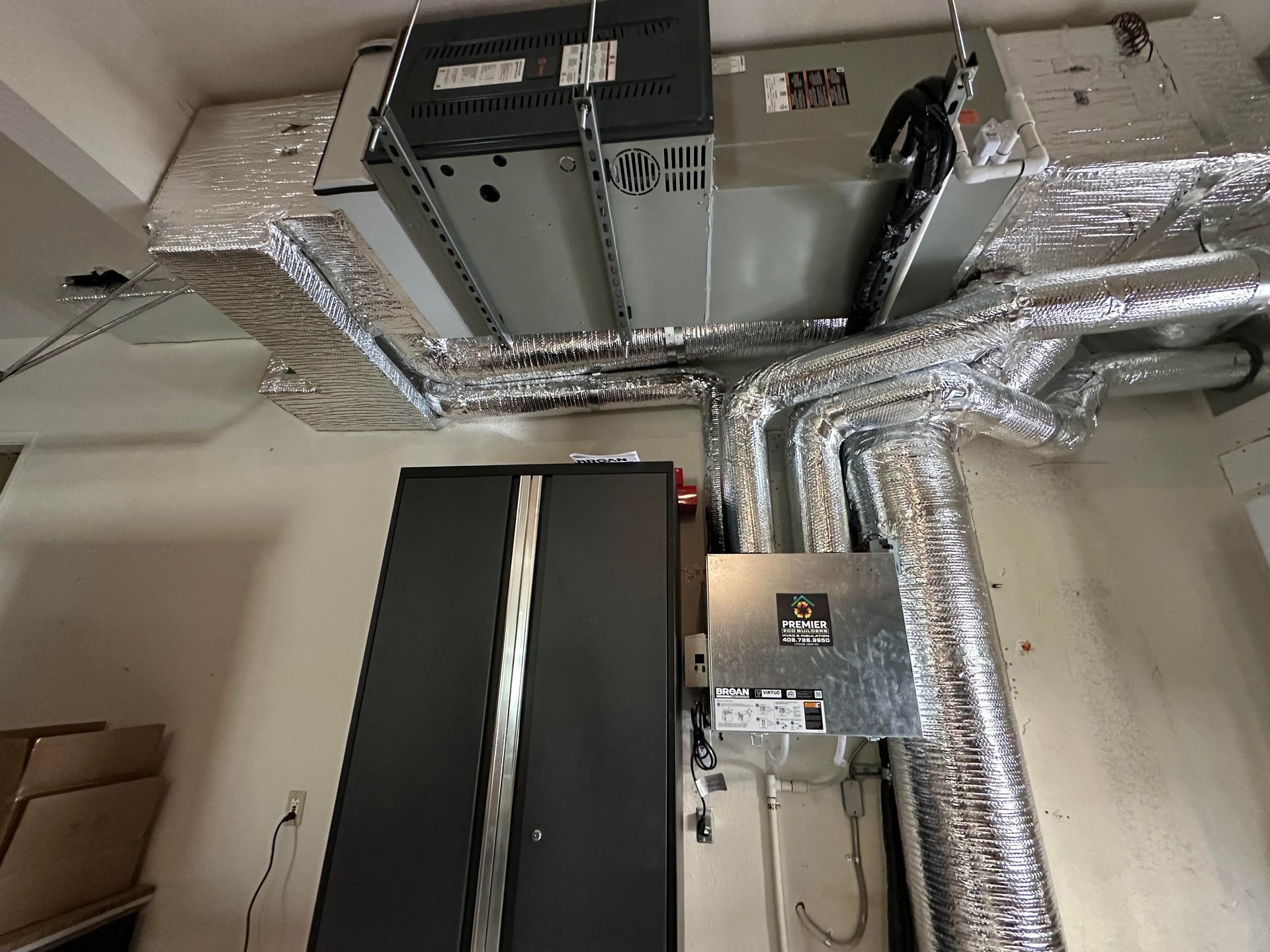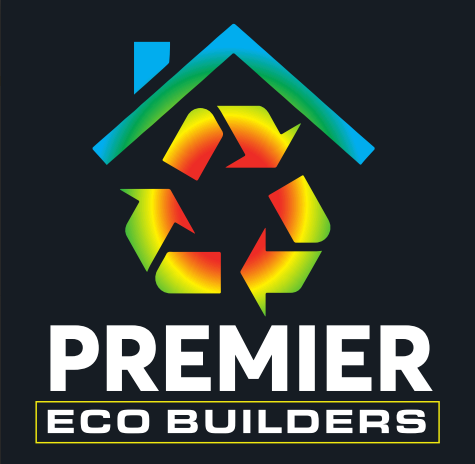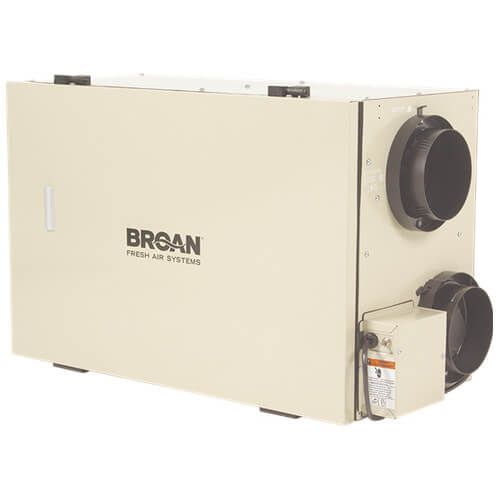Enhancing Indoor Air Quality with Heat Recovery Ventilation
The Future of Home Ventilation

What is Heat Recovery Ventilation?
Why Choose HRV Systems?
Improving Air Quality
Energy Efficiency Benefits
Sustainable Living Solutions
Comfort in Every Breath
Innovative Technology
Your Partner in Eco-Friendly HVAC
Advantages of Heat Recovery Ventilation Systems
Energy Savings
Improved Indoor Air Quality
Mechanics
How HRV Works
Heat Recovery Ventilation (HRV) systems are designed to improve indoor air quality while maximizing energy efficiency. They achieve this by facilitating a continuous exchange of stale indoor air with fresh outdoor air, all while recovering heat from the outgoing air to precondition the incoming air.
Efficient Air Exchange
Label
The core mechanism of an HRV system involves two separate air streams: one for incoming fresh air and another for outgoing stale air. As these air streams pass through the heat exchanger, heat is transferred from the outgoing air to the incoming air, reducing the energy needed to heat or cool the incoming air. This process not only enhances comfort but also significantly lowers energy costs.
Benefits
Enhanced Indoor Air Quality
By continuously replacing stale air with fresh air, HRV systems help to eliminate indoor pollutants, allergens, and excess humidity. This results in a healthier living environment, reducing the risk of respiratory issues and improving overall well-being.
Energy Efficiency
HRV systems are designed to operate efficiently, ensuring that energy is not wasted during the ventilation process. By recovering heat, these systems can significantly lower heating and cooling demands, leading to substantial energy savings over time.
Label
Frequently Asked Questions
What is the installation process for HRV systems?
The installation of Heat Recovery Ventilation systems typically involves assessing your space, selecting the appropriate system size, and integrating it with your existing HVAC setup. Our team at Premier Eco Builders ensures a seamless installation process tailored to your specific needs.How often should HRV systems be maintained?
Regular maintenance is essential for optimal performance. We recommend servicing your HRV system at least once a year to clean filters, check for blockages, and ensure all components are functioning efficiently.What are the energy efficiency benefits of HRV systems?
HRV systems significantly reduce energy costs by recovering heat from outgoing air and using it to warm incoming air. This process minimizes the need for additional heating, leading to lower energy consumption and reduced utility bills.Can HRV systems improve indoor air quality?
Yes, HRV systems enhance indoor air quality by continuously exchanging stale indoor air with fresh outdoor air while filtering out pollutants. This results in a healthier living environment, free from allergens and excess humidity.Are there any rebates available for HRV system installation?
Many local and federal programs offer rebates for energy-efficient upgrades, including HRV systems. Our team can guide you through the available options to maximize your savings.

